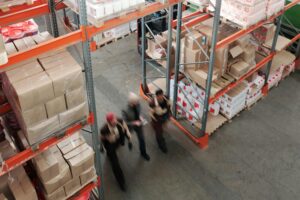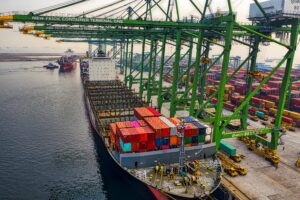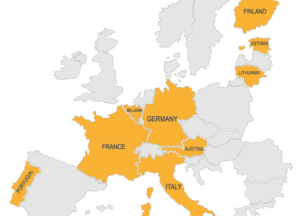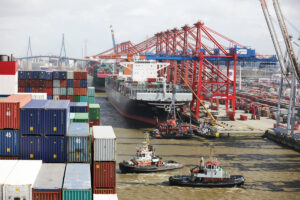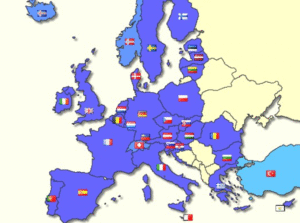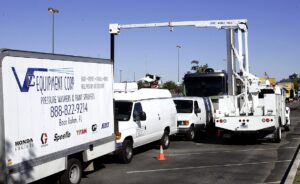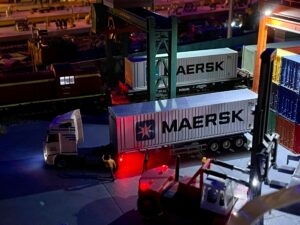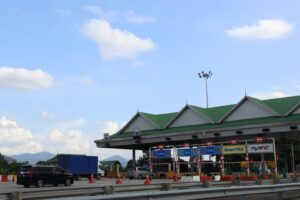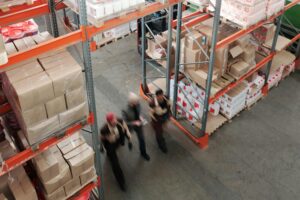Retail Logistics Solutions in Europe
Retail logistics has become the hidden architecture of European commerce. Every click-to-cart moment sets off a chain of inbound replenishment, warehousing, order processing, and final-mile delivery that now must run at near-real-time speed. Europe’s business-to-consumer e-commerce turnover reached €899 billion in 2023, up 3.4% year-on-year, confirming that even traditional high-street retailers now operate as e-commerce […]

